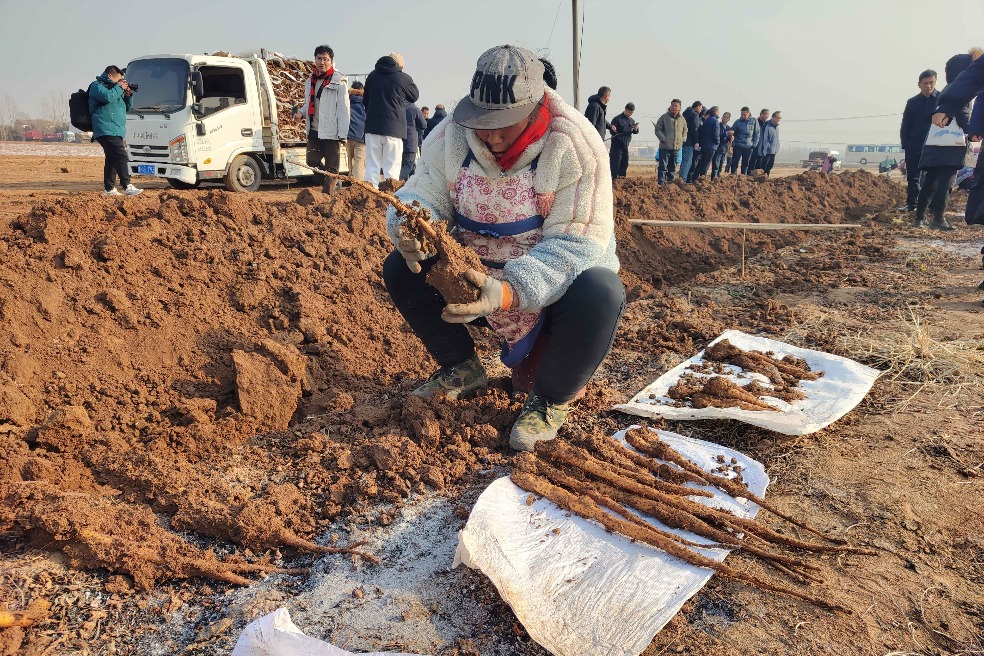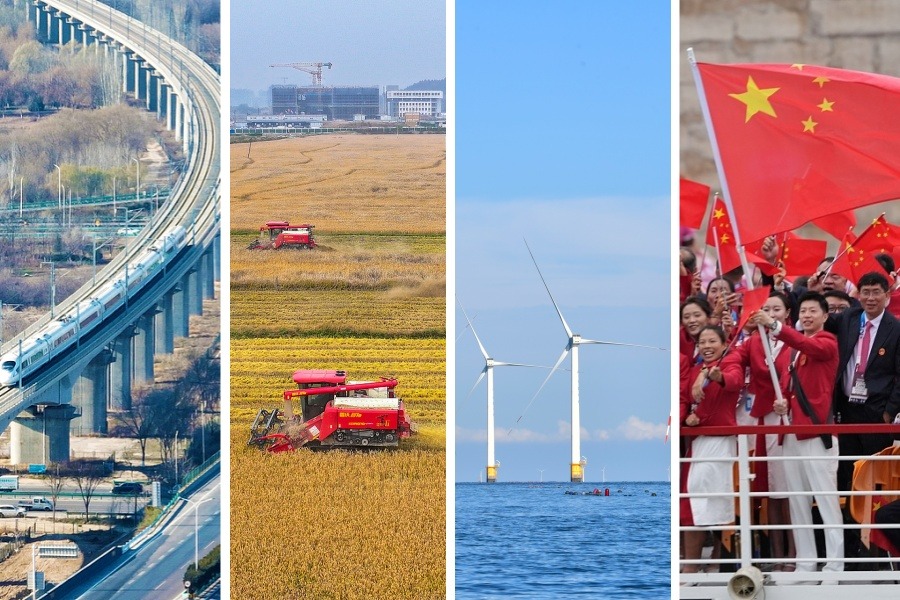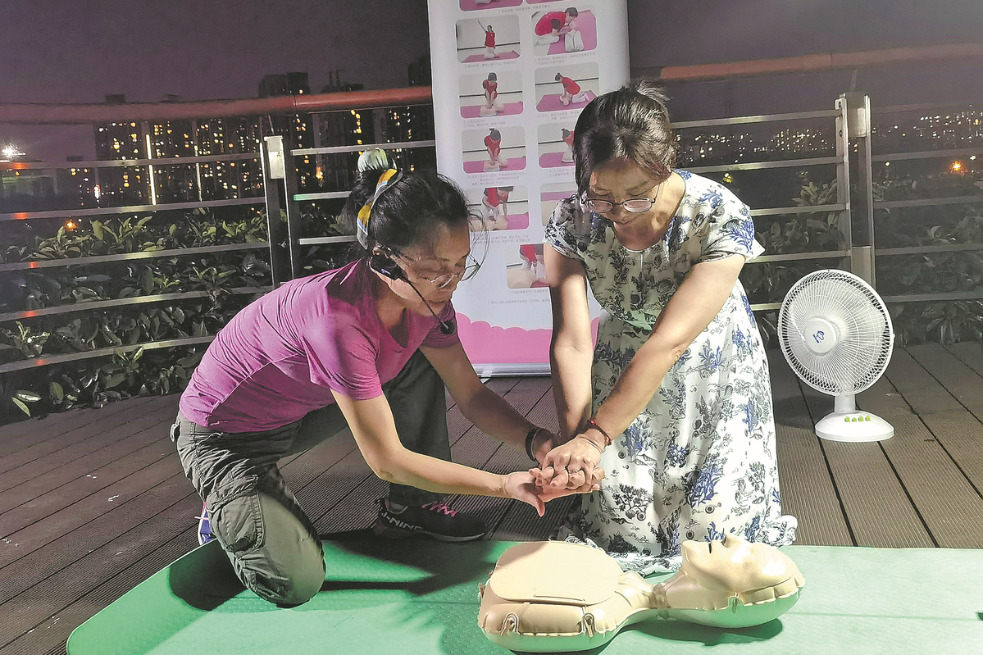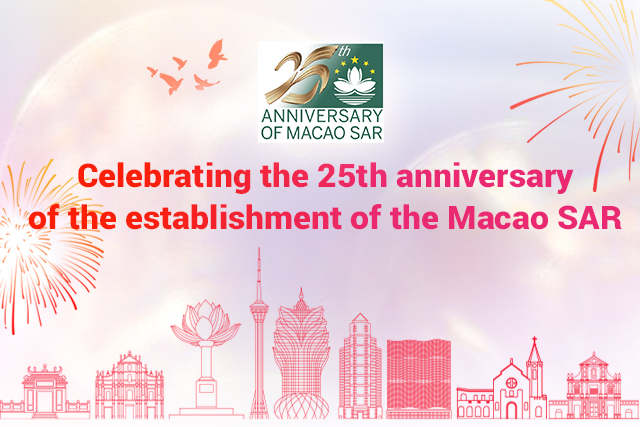Aerial economy: what to expect?
Hong Kong is stepping up efforts to develop the low-altitude economy as its next major economic driver, with regulatory and business initiatives taking shape - so what can we expect from 2025 and beyond? Liu Yifan reports.

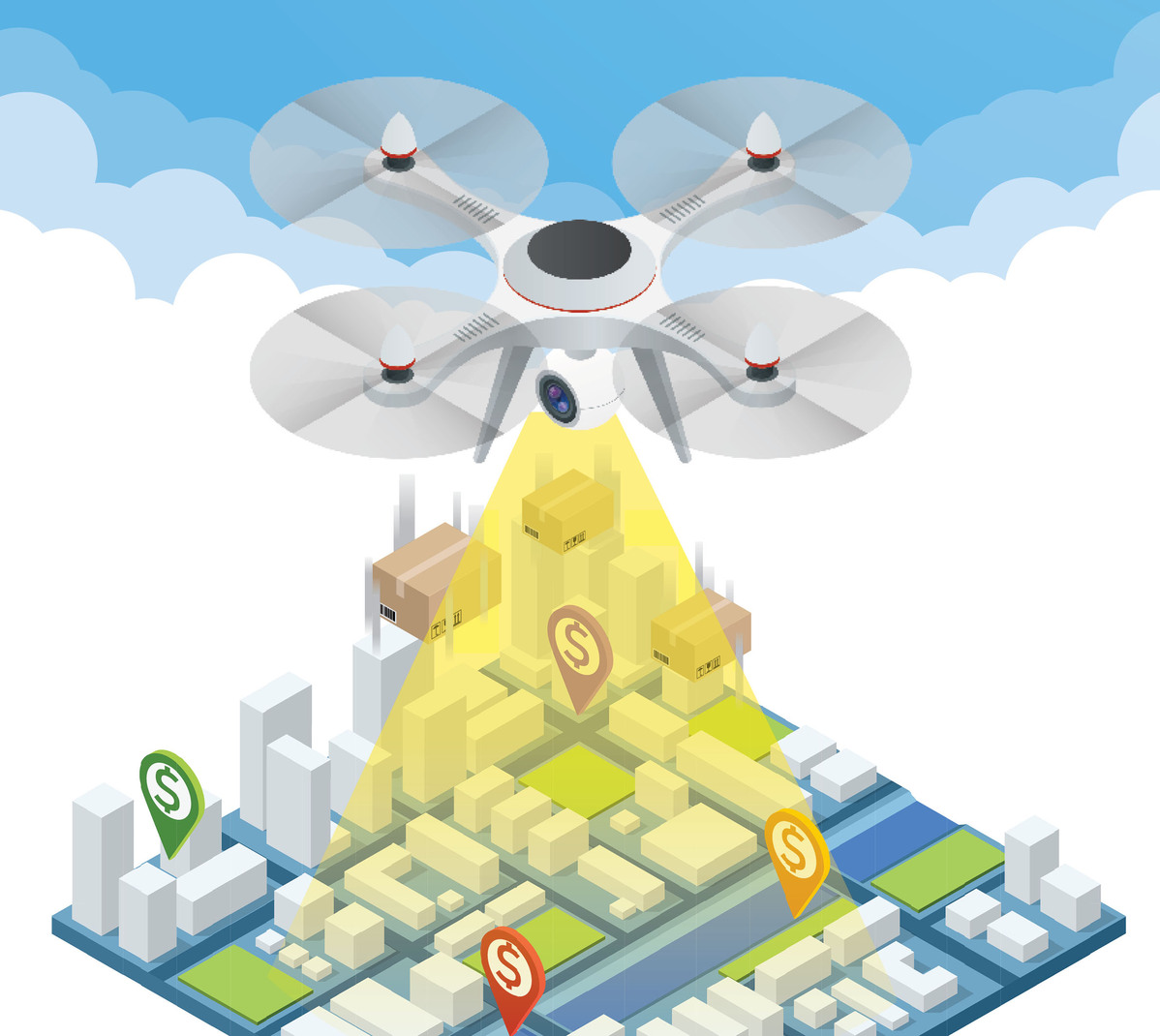
The low-altitude economy, involving economic activities in airspace below 1,000 meters and extending to not more than 3,000 meters, came under the spotlight when Hong Kong Chief Executive John Lee Ka-chiu announced in October the creation of a dedicated working group to promote the industry.
At the first meeting of the Working Group on Developing the Low-altitude Economy last month, priorities were set in forming a regulatory sandbox, improving legislation and infrastructure, and facilitating cross-boundary low-altitude flying activities with the Chinese mainland.
This emerging economic trend has gained so much hype it's set to be the next driver of growth. If all this looks rosy for the city's nascent sky economy with regulatory and business efforts kicking in, what could Hong Kong expect from the sector in the years ahead?
The Hong Kong Special Administrative Region government is set to launch sandbox pilot projects in collaboration with industry and partner organizations early next year, according to the working group. The initial phase will focus primarily on drone deliveries, with plans to gradually ease restrictions on "beyond visual line of sight" operations.
Legislation will be stepped up to give a lift to the low-altitude economy. The SAR government aims to enhance civil aviation laws by taking a leaf from the mainland and other regions while addressing current and future development needs. This includes reviewing operations rules for "larger-sized unmanned aircraft" weighing over 25 kilograms, with the goal of submitting the proposed amendments to the Legislative Council by the first half of 2025.
To support the initiative, a project facilitation task force will be established under the working group, comprising members of relevant government technical departments, to handle the technical aspects.
The working group has engaged the Hong Kong Productivity Council as a technical partner and teamed up with Hong Kong Science and Technology Parks Corp and Hong Kong Cyberport Management Co Ltd to provide venues for operations. These incubators will offer suitable locations and facilities for pilot projects.
"Adopting a forward-thinking mindset and from the perspective of a facilitator, the working group will enable the simulation of diversified scenarios, multiple air routes and overarching low-altitude airspace management through the Sandbox pilot projects," said Michael Wong Wai-lun, deputy financial secretary, who heads the group.
Strengthening urban efficiency
Within the framework of the current Small Unmanned Aircraft (SUA) Order, several government departments are utilizing low-altitude mechanisms, such as drones, to make urban management and public services more efficient. These applications include tasks like building inspections, land surveying and management, and monitoring illegal pollution and marine dumping activities.
In addition, artificial intelligence technology is being incorporated to support the investigation and maintenance of sewage treatment facilities.
The government's ramped-up efforts are expected to translate into an expanding scope of low-altitude flying applications progressively. Secretary for Transport and Logistics Mable Chan Mei-bo, who assumed office earlier this month, said government departments concerned will actively explore the integration of unmanned aircraft systems with AI technologies to further improve the efficiency of urban management and public services.
Elizabeth Quat Pei-fan - a legislator and founding president of the Greater Bay Area Low-Altitude Economy Alliance - notes that many companies are interested in developing the low-altitude industry. This includes using drones for food and medicine delivery, building exterior maintenance, rescue operations, and low-altitude tourism.
The low-altitude economy encompasses an extensive upstream, midstream and downstream industrial chain, including drone manufacturing, application scenarios, and insurance, making it a trillion-yuan-scale market, she says.
Beyond that, these low-altitude applications will generate synergy for the overall economic structure, as Lee said in his latest Policy Address speech, and formulating a management system for the low-altitude economy will help drive development in areas like telecommunication technologies, AI and the digital industry.
A twist in Hong Kong's low-altitude story came when two local drone shows organized to mark National Day in October had to be aborted due to "meteorological factors" that disrupted the Global Positioning System signals critical for operating the devices with precision.
Concerns about technological barriers and security issues are growing, forcing the government and businesses to make the system look safer while expanding it.
Enhancing safety measures
Chan stresses that the role of Geographic Information System and three-dimensional geospatial data in planning air route networks is critical for low-altitude airspace, saying the government will conduct technical studies and planning for low-altitude infrastructure. This includes building take-off and landing sites, communication networks, air route systems, as well as surveillance and management platforms.
The studies will also assess the feasibility of utilizing GIS technology, 3D geospatial data, and integrating real-time meteorological information.
Specifically, the Hong Kong Observatory is exploring ways to incorporate real-time weather data to address the unique meteorological needs of low-altitude operations, particularly for take-off and landing points, as well as major air corridors.
The Common Spatial Data Infrastructure, managed by the Spatial Data Office under the Development Bureau, has compiled over 900 spatial datasets from more than 60 departments and organizations. These datasets include information on maps, roads, traffic, land use, buildings, engineering, and weather. Along with the Transport and Logistics Bureau and the Civil Aviation Department, the office is discussing how to leverage spatial data in designing flight paths for low-altitude aircraft and related initiatives.
Hong Kong's low-altitude business community is expected to launch an industry index in the first quarter of next year to help the industry evaluate meteorological factors.
The Drone Takeoff Reliability Index will be based on key variables, including climate conditions and signal interference, offering quantitative benchmarks, to help organizers avoid unexpected cancellations that could disappoint audiences.
Spearheaded by the Hong Kong Polytechnic University (PolyU) and two drone show organizers - X Social Group and Shenzhen-based DAMODA - the index is still being developed to finalize its visualization features and to align with the government's regulatory sandbox, which is due to begin early next year.
Wen Weisong, an assistant professor in the Department of Aeronautical and Aviation Engineering at PolyU, says the reliability assessment system established to address factors like climate and signal interference will provide a strong objective standard for the standardized development of the low-altitude economy.
PolyU will also roll out an "anti-jamming technology" that can further strengthen the stability of drones in complex urban environments.
Samuel Lam Hon-yuen, chief executive officer of organizer X Social Group, says that while similar indexes are widely used by individual companies in the drone industry, there is a lack of universal standards essential for Hong Kong, which sees its low-altitude aerial business as a key growth driver. The index could also serve as a transferable benchmark for other low-altitude-related businesses and jurisdictions to enhance safety and meet market demand.
Currently, insurance products that meet the regulatory requirements under the SUA Order are available in the market. To strengthen confidence in safety, the government has implemented mandatory insurance requirements in phases. The first phase, launched in June 2022 with the commencement of the SUA Order, mandates insurance coverage for advanced operations with aircraft weighing between 7 kg and 25 kg. Operators are required to secure insurance for third-party liability covering bodily injury and/or death, with a minimum coverage of HK$10 million ($7.8 million).
According to Chan, the second phase will extend mandatory insurance requirements to aircraft weighing between 250 g and 7 kg. These operators must obtain insurance with a minimum coverage of HK$5 million for third-party bodily injury and/or death. This requirement will be implemented at a later date, to be announced by the director-general of civil aviation.
Strengthening cross-boundary links with cities on the mainland through low-altitude aerial activities is also high on Hong Kong's to-do list. Quat suggests that the SAR government cooperates with Guangdong province and the Macao Special Administrative Region government to facilitate cross-boundary passenger transport using helicopters. However, it is unlikely Hong Kong will go ahead with cross-boundary food deliveries due to food safety concerns.
As for privacy issues, Quat emphasizes the need to explore effective measures to mitigate such risks, such as in cases of drones being used for illegal activities where technologies stand to disrupt their signals.
Contact the writer at [email protected]
- Aerial economy: what to expect?
- Suspects of telecom frauds based in northern Myanmar prosecuted in China
- Lhasa achieves over 10,000 hectares of afforestation in 2024
- Pre-made meals drive rural jobs growth
- Longest cross-sea bridge in China's Guangxi opens to traffic
- Henan expands 'Pubing 03' wheat cultivation


















